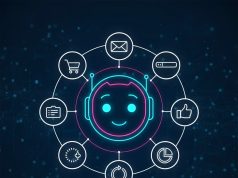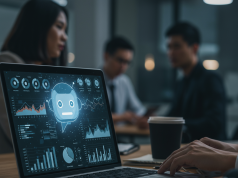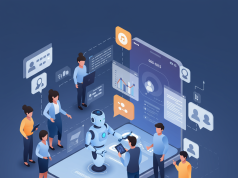Mapping the Customer Journey with Chatbot Funnels
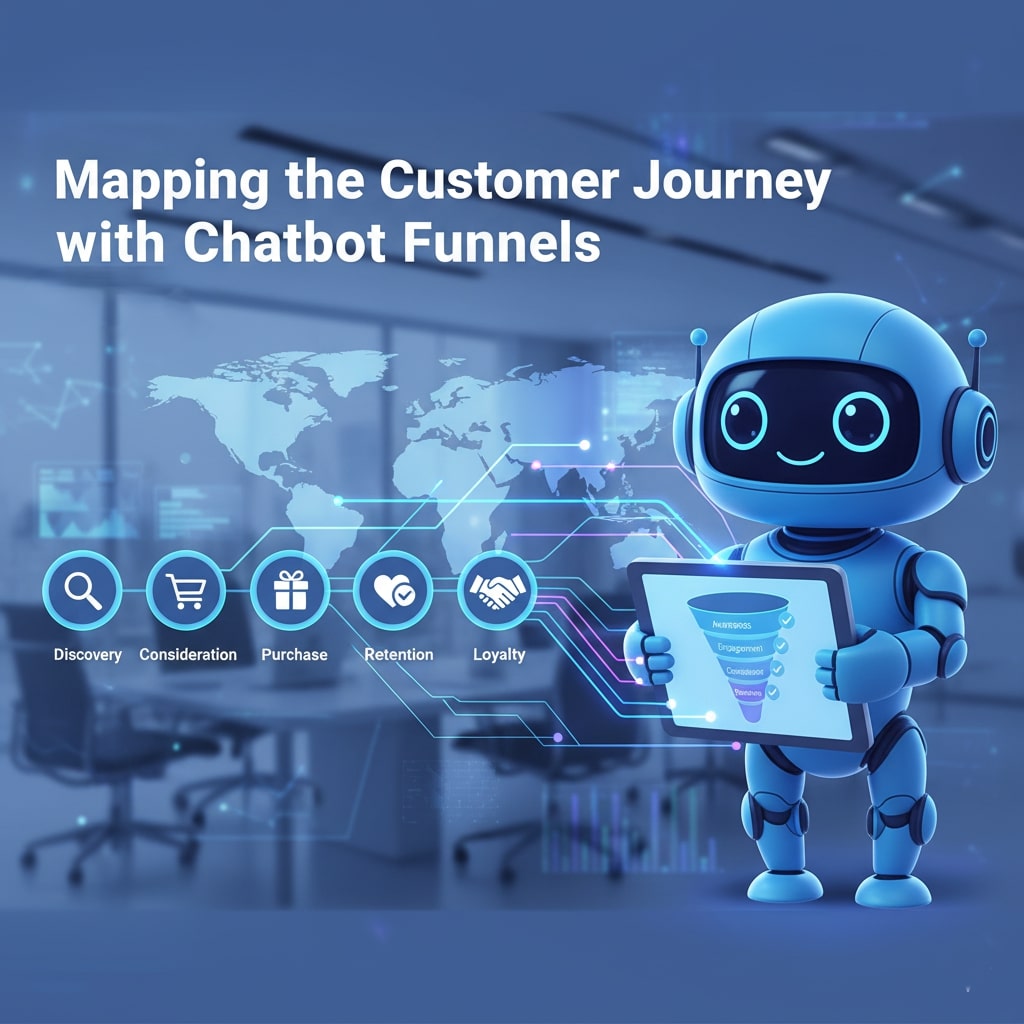
Every high-performing chatbot begins with a clear map of the customer journey. Start by identifying the key stages in your marketing funnel: awareness, interest, evaluation, and conversion. For each stage, define the user’s intent and the information they seek. Then design conversational flows that address those needs seamlessly.
For example, at the awareness stage, your chatbot could proactively greet new visitors, offer a quick quiz to diagnose their pain points, or deliver a compelling piece of content. In the evaluation stage, integrate product comparison tables, customer testimonials, or real-time demo scheduling. Finally, at the conversion stage, facilitate fast checkouts, secure payment links, or human hand-off to close complex deals.
Personalization at Scale with AI and Data Integration
The secret sauce of next-gen chatbot funnels is hyper-personalization. By integrating your chatbot with CRM, marketing automation, and analytics platforms, you can tailor messages based on user behavior, demographics, and past interactions. For instance, if a returning visitor browsed a specific product page yesterday, the chatbot can open the conversation by referencing that item, offering a discount code, or inviting them to a live chat demo.
Leverage AI-driven sentiment analysis to adapt tone and urgency. If a user expresses frustration or confusion, the bot can escalate the conversation to a human agent or trigger a knowledge base article. This dynamic response not only enhances user satisfaction but also drives higher conversion rates by addressing objections in real time.
Designing Conversational Flows for Maximum Engagement
An effective chatbot funnel balances guided prompts with open-ended questions. Use buttons and quick replies to steer users toward desired actions, while still allowing them to type free-form responses when necessary. This dual approach reduces drop-off by simplifying navigation and keeping the user in control.
Structure your flows around decision trees that anticipate common paths, but also build in fallback nodes for unexpected inputs. Each message should have a clear purpose—whether it’s to gather an email, qualify a lead, or schedule a demo. Incorporate multimedia elements like images, GIFs, or short videos to break up text and reinforce your brand voice.
Seamless Handoff to Human Agents
While AI chatbots excel at handling routine queries, complex negotiations and high-value deals often require a human touch. Define precise handoff triggers—such as multi-question intents, negative sentiment signals, or cart abandonment—to transfer conversations to a live agent. Within your CRM, ensure that agents see the entire chat history, user profile, and funnel stage so they can pick up seamlessly.
Maintain service level agreements (SLAs) for response times, and equip your team with canned responses and snappy macros to handle common chat scenarios. This hybrid model of chatbot plus human agent yields the best of both worlds: instant engagement and expert resolution for critical inquiries.
Analytics and Continuous Optimization
No funnel is set-and-forget. Track key metrics like engagement rate, drop-off points, average resolution time, lead qualification rate, and conversion yield. Use A/B testing to evaluate different opening greetings, button placements, and message lengths. Incorporate cohort analysis to see how chatbot-acquired leads perform over time compared to other channels.
Regularly review conversation logs to identify friction points. Are users getting stuck at a particular decision tree? Is your bot misunderstanding certain queries? Use these insights to refine intents, train NLP models, and improve FAQ coverage. Incremental tweaks can lead to significant uplifts in customer satisfaction and revenue contribution.
Compliance, Privacy, and Trust Building
With data privacy regulations tightening worldwide, it’s critical to build trust into every chatbot interaction. Display a clear privacy notice at the start of the chat, explain how user data will be used, and offer an easy opt-out. For sensitive industries like finance or healthcare, integrate identity verification steps and ensure end-to-end encryption.
Transparency builds brand integrity. When users know they can trust your chatbot with personal or payment information, they’re more likely to complete high-value actions, from account sign-ups to large purchases.
Future Trends: Voice, Multichannel, and AI-Driven Insights
As we look beyond 2025, voice-enabled chatbots and multichannel experiences will become table stakes. Prepare your funnel workflows to extend seamlessly to voice assistants, social messaging apps, and even in-app messaging within your mobile product. Prioritize AI-driven predictive analytics to anticipate customer needs before they even initiate a chat.
Early adopters of these advanced capabilities will secure a competitive edge by offering frictionless experiences across every touchpoint. The brands that master true conversational commerce – where chatbots guide customers from discovery to purchase and beyond – will see exponential growth in both revenue and loyalty.
Conclusion: Building Your 2025 Chatbot Funnel Roadmap
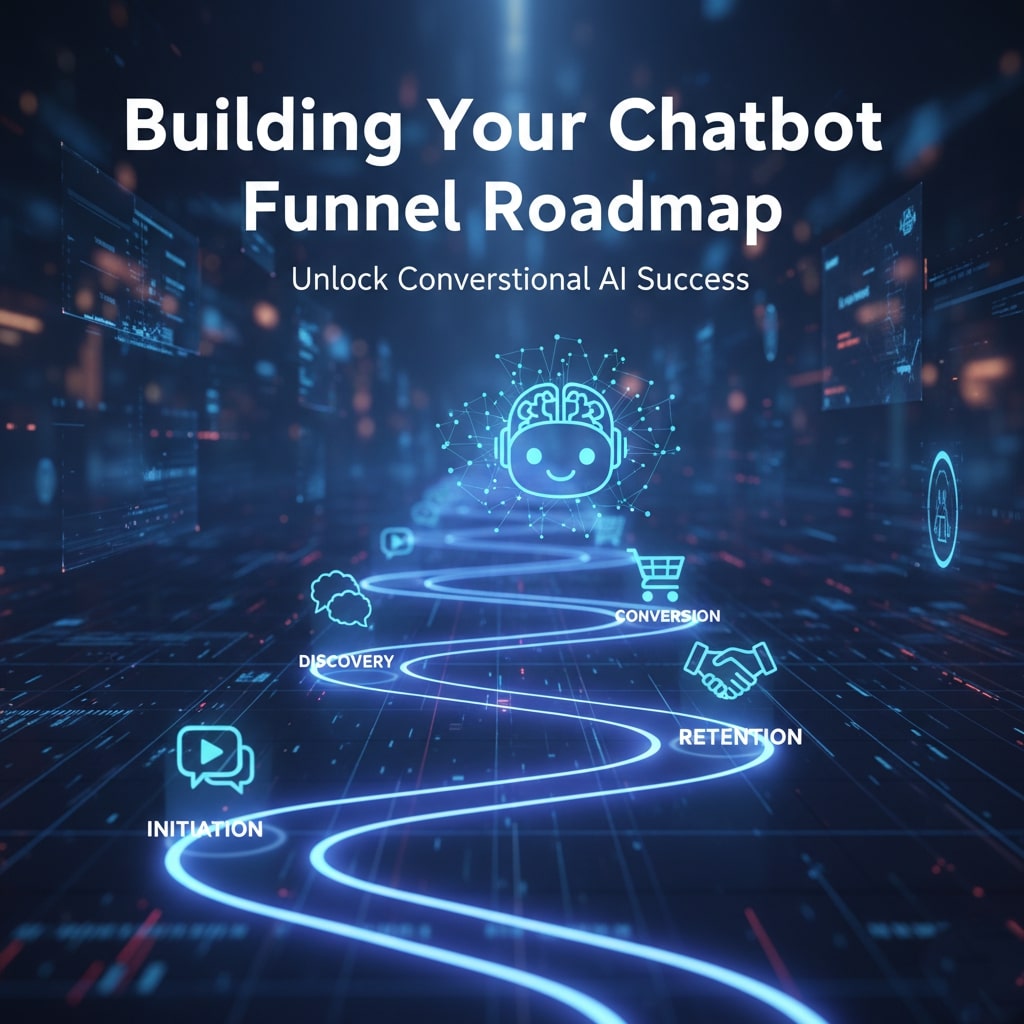
AI chatbot marketing funnels are no longer experiments – they’re essential drivers of scalable engagement and conversion. By mapping your customer journey, leveraging personalization at scale, designing intuitive flows, and seamlessly integrating human agents, you can create a best-in-class experience that boosts ROI. Layer in analytics, privacy compliance, and emerging multichannel capabilities, and you’re well on your way to leading the market in 2025.
Ready to transform your marketing results with advanced chatbot funnels? Start by auditing your current conversational workflows, then apply the strategies outlined above. The future of customer engagement is conversational – don’t get left behind.


